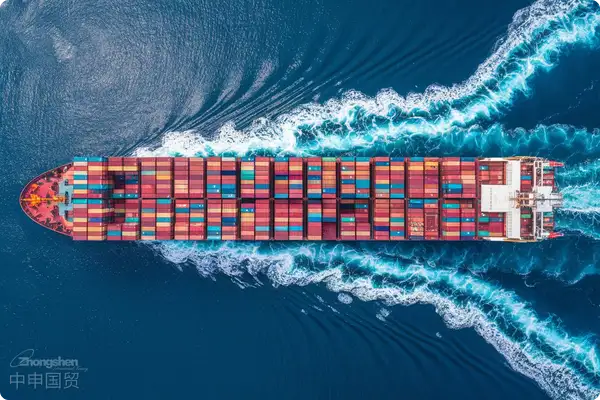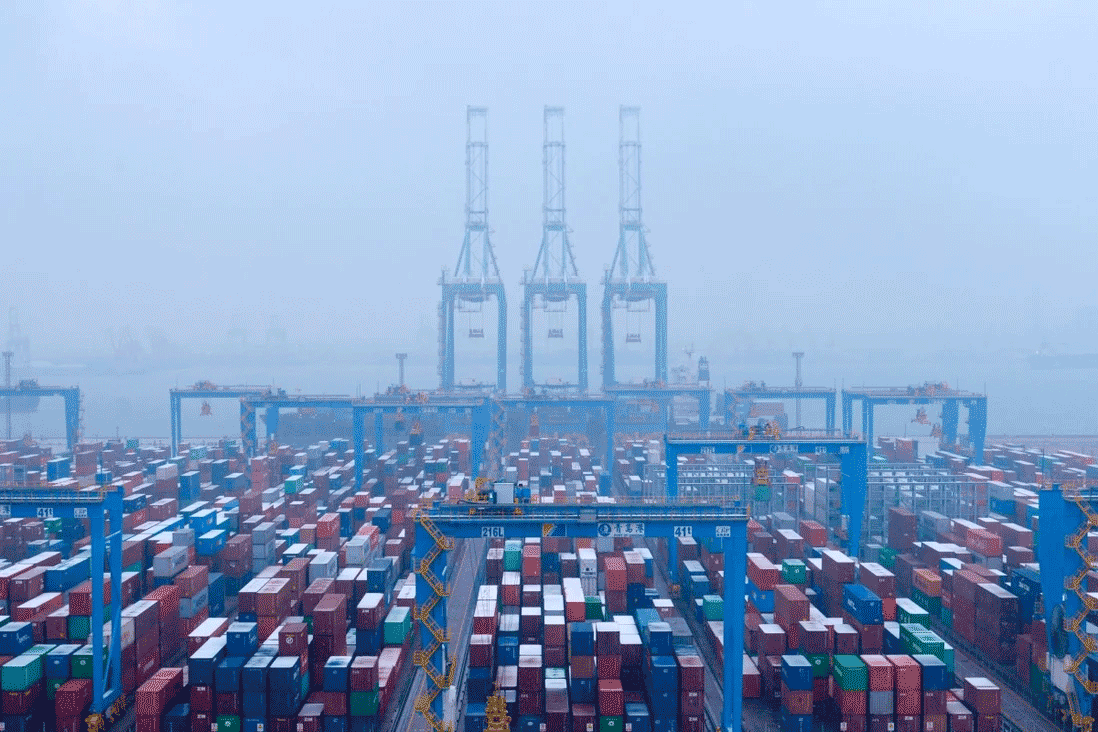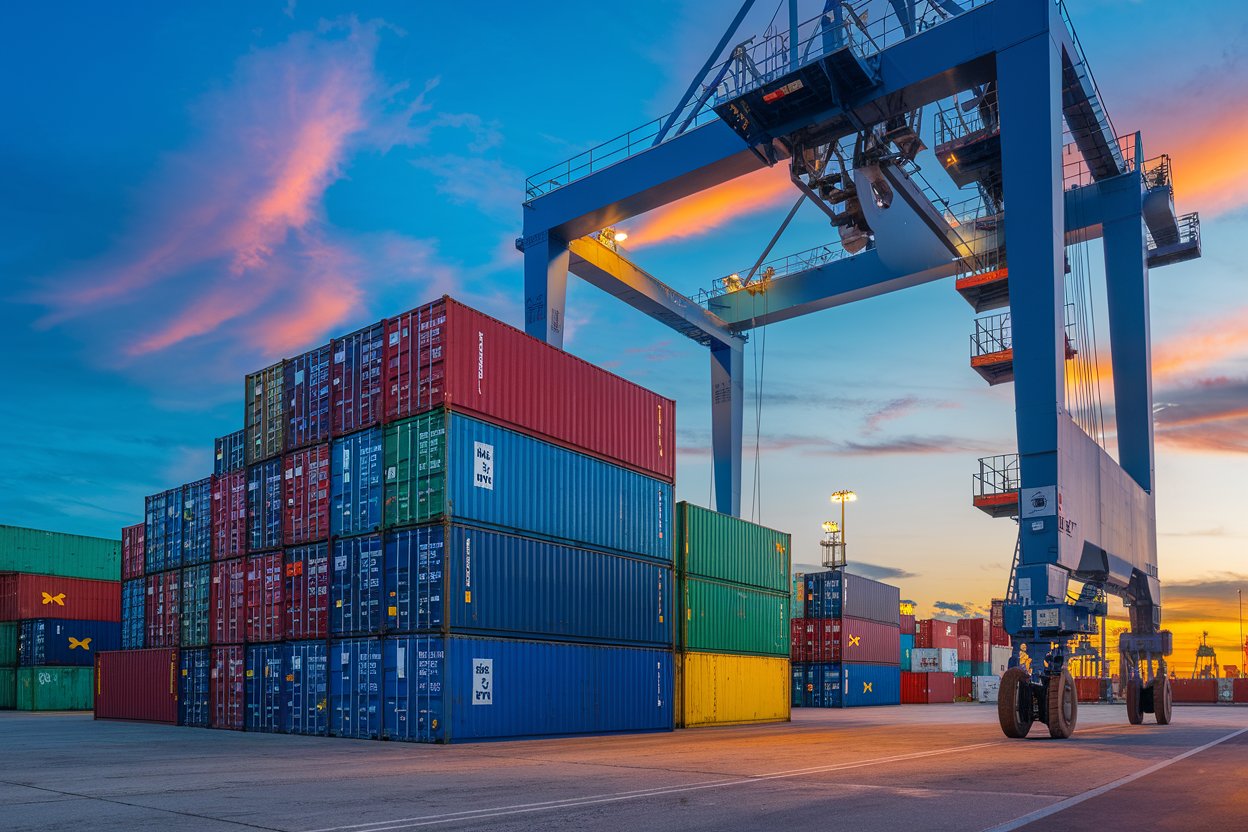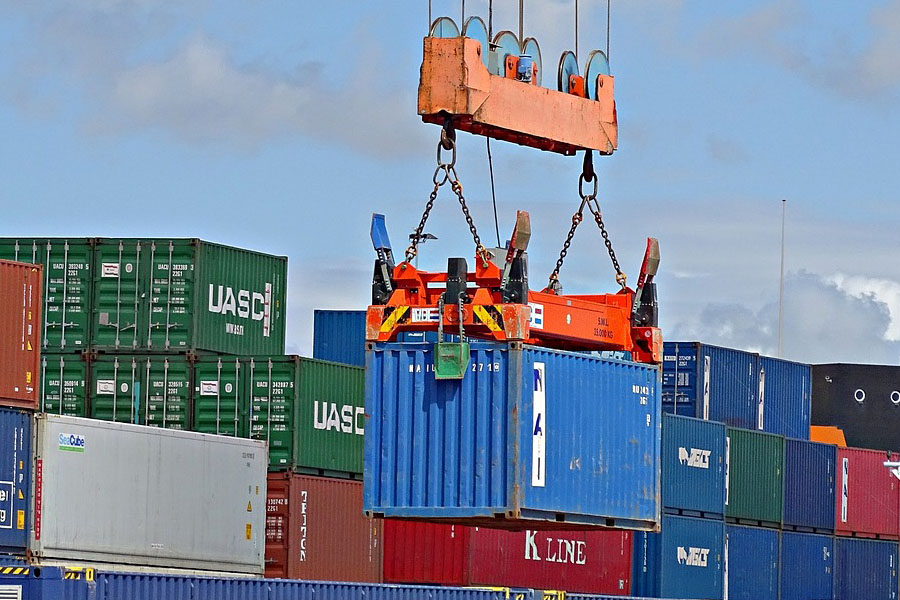- Shanghai Zhongshen International Trade Co., Ltd. - Two decades of trade agency expertise.
- Service Hotline: 139 1787 2118

Reconstruction of value in imported equipment agency services
Global manufacturing equipment procurement scale is expected to exceed $3.8 trillion in 2025, with precision machiningequipment. For example, Indonesia has the SNI certification, Thailand has the TISI certification, and the Philippines has the BPS certification. It is necessary to confirm in advance the equipment voltage (such as 380V/50Hz in Thailand), the compatibility of the CE certification, and the proof of environmentally friendly materials.accounting for 47%. Professional agency service providers canFull - process Risk ControlandSupply Chain Optimizationreduce comprehensive import costs by 18-25% for enterprises. Currently, there are three typical service models in the market:
- Basic clearance type: Completing basic customs declaration and transportation
- Value-added service type: Including technical document translation and CE certification assistance
- Full-case trusteeship type: Covering the entire chain from supplier selection to quality factory inspections
Risk map of self-import
According to General Administration of Customs data for Q1 2025, the error rate in mechanical and electrical equipment import declarations reached 32%, mainly concentrated in the following areas:
- Tariff losses caused by HS code misclassification
- Typical case: $370,000 loss from incorrect classification of CNC machine tool magazine systems
- Customs clearance delays caused by technical parameter translation deviations
- It is recommended to verify through the following methods:Risk of anti-dumping duties due to documentation deficiencies
Core modules of professional agency services
Four essential capability matrices for quality agency companies:
- Technical document processing capability
- Compliance review for EU Machinery Directive 2006/42/EC
- GOST certification conversion services for Russian-speaking regions
- Tariff optimization scheme design
- Application of the new ECFA tariff rates in 2025
- Processing trade manual verification strategies
Service provider selection evaluation system
Recommend establishing an evaluation model from five dimensions:
- Industry experience value: Annual operation volume of similar equipment ≥50 units
- Emergency response speed: Document reissue time ≤72 hours
- Customs network coverage: In-house clearance teams at major ports
- Technical team configuration: Proportion of personnel with electromechanical background
- Risk management system: Three-level verification mechanism for pre-declaration review
Policy response strategy in 2025
In response to the requirements of Customs Announcement No. 198:
- Establish equipment parameter database
- Maintain multilingual comparison tables for 500+ core parameters
- Implement dynamic HS code management
- Monthly update of WCO classification decision case library
An auto parts manufacturer successfully utilized preferential tariff rates under free trade agreements through professional agency services during their first batch of equipment imports in 2025, saving $410,000 in tariffs while reducing equipment commissioning time to 68% of the industry average.
Related Recommendations
? 2025. All Rights Reserved. Shanghai ICP No. 2023007705-2  PSB Record: Shanghai No.31011502009912
PSB Record: Shanghai No.31011502009912










